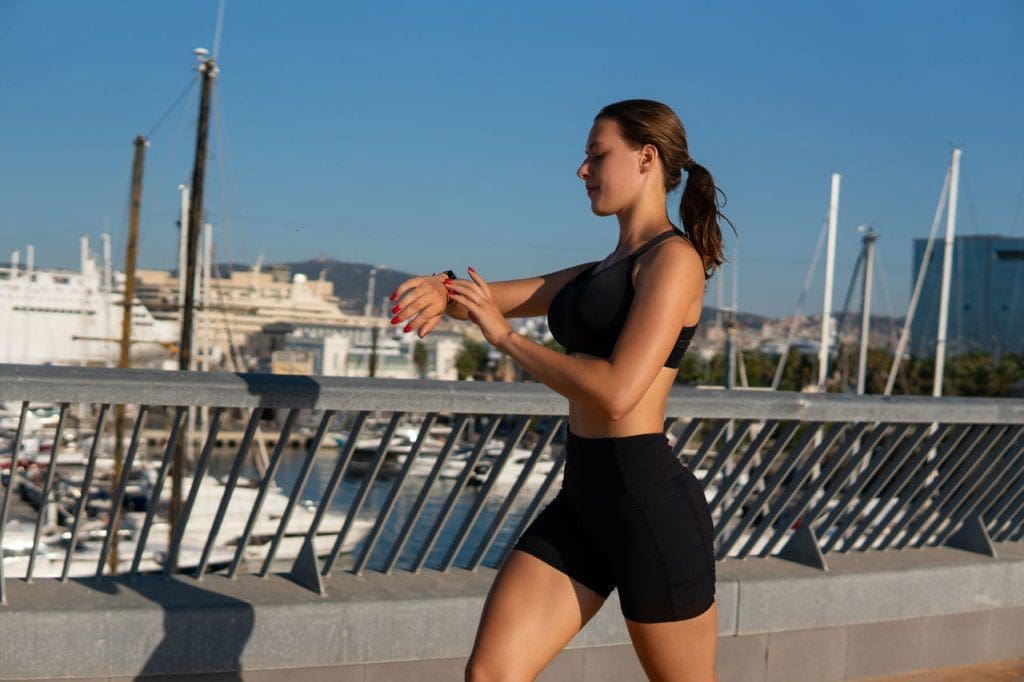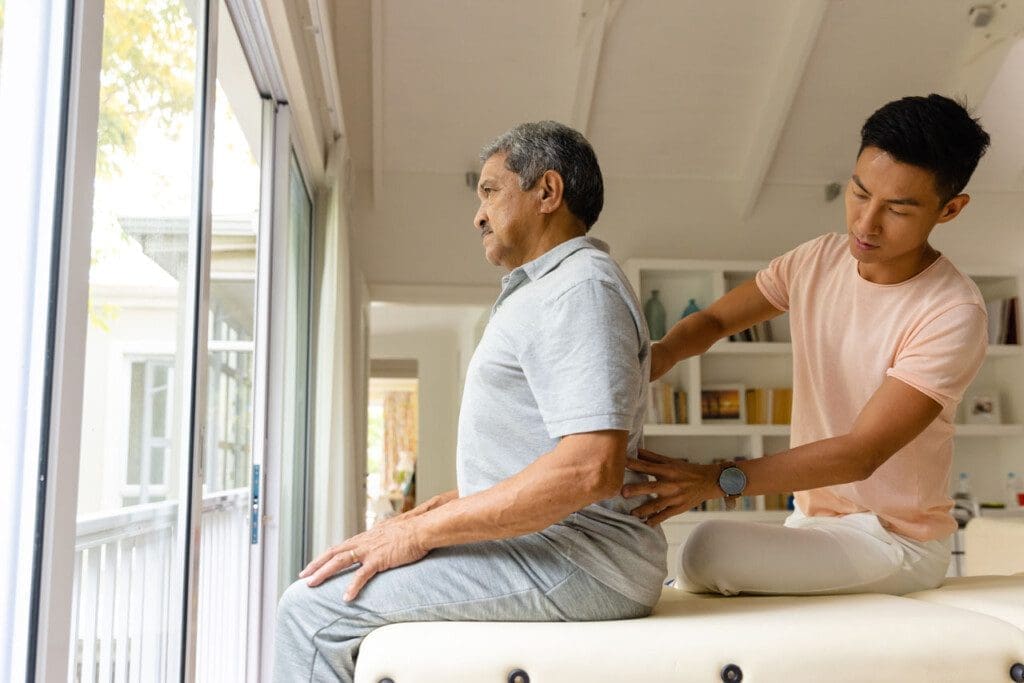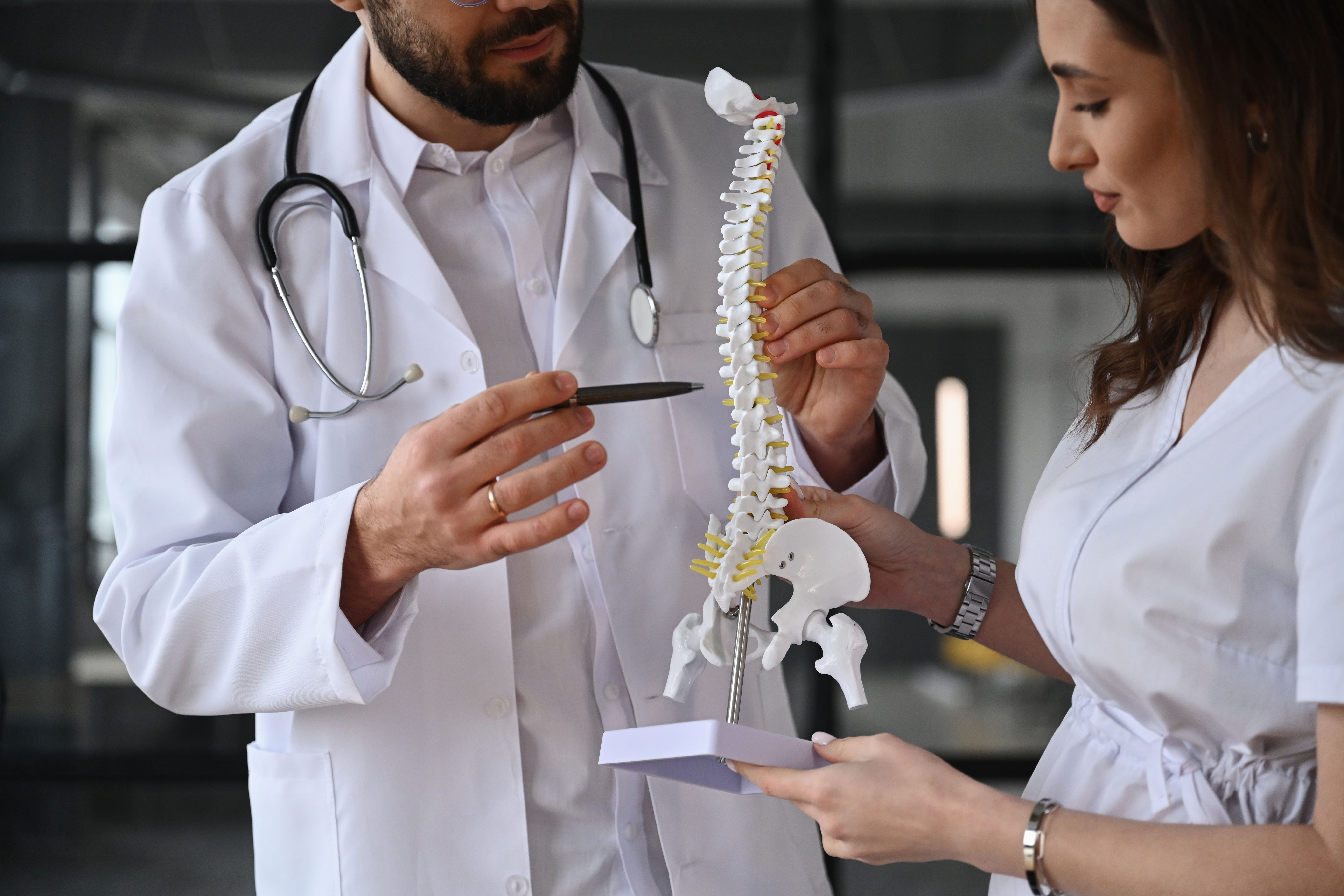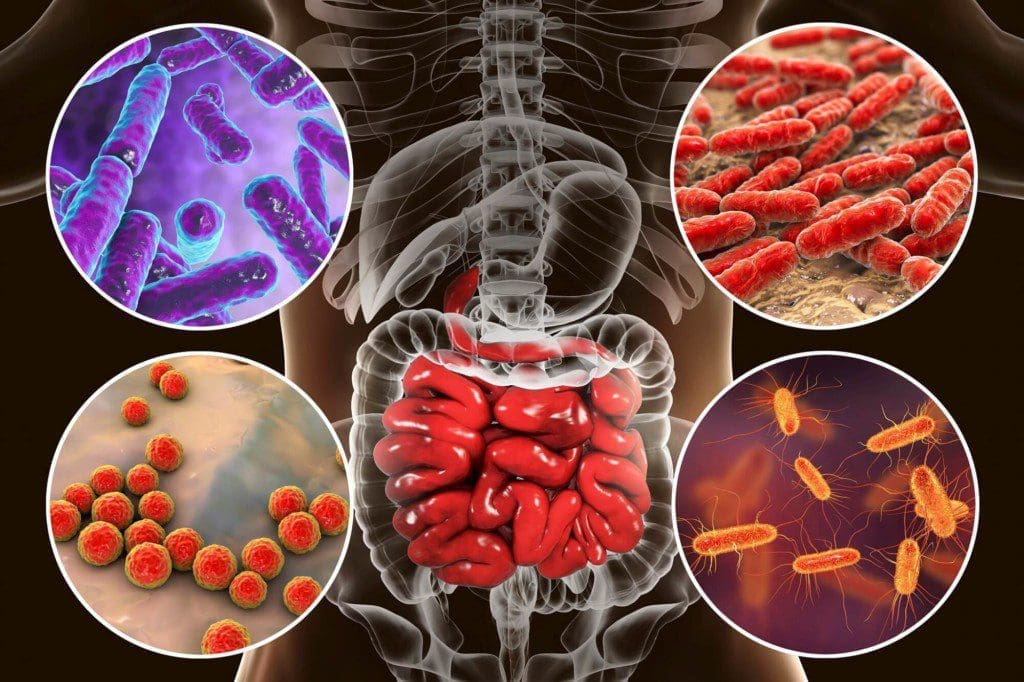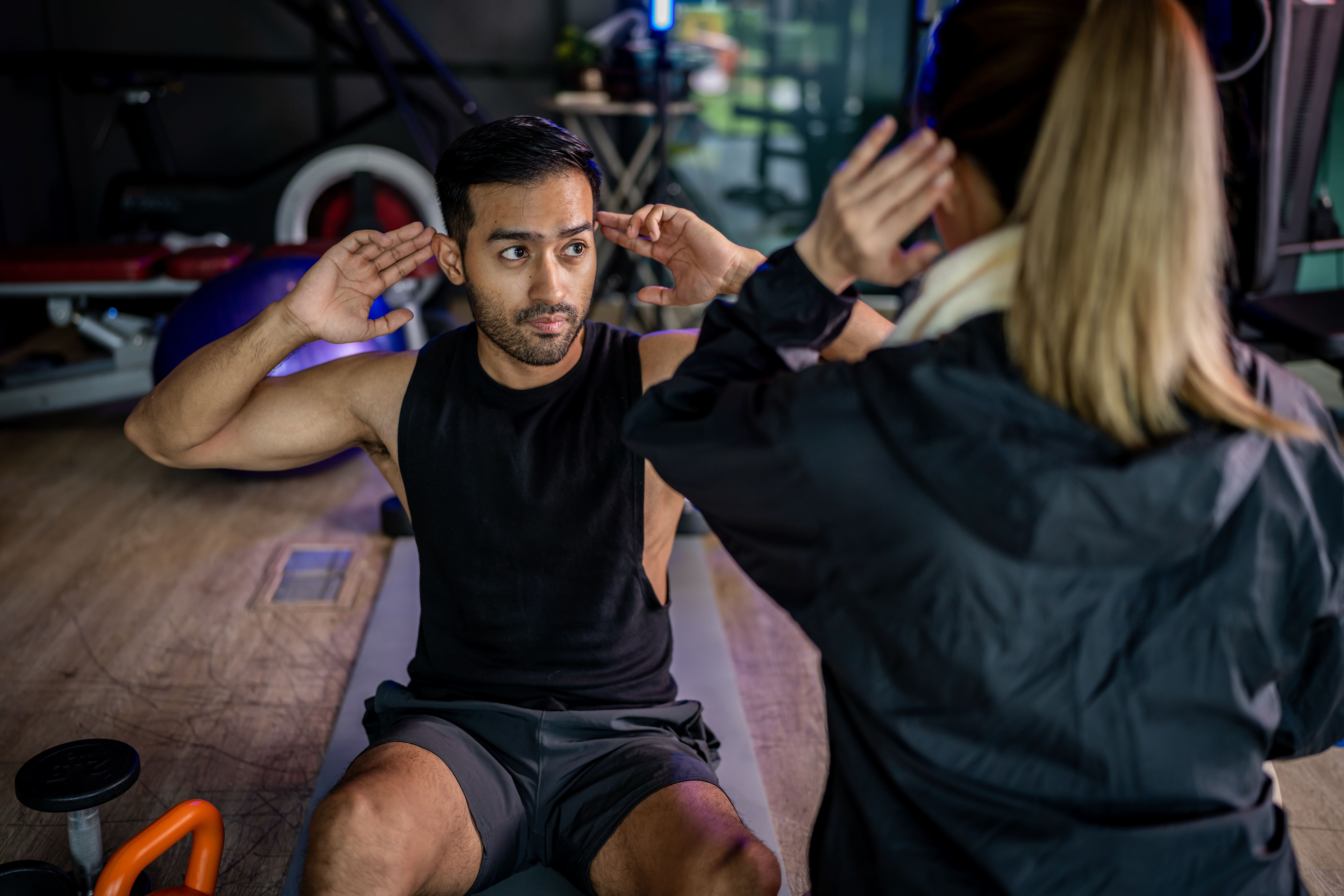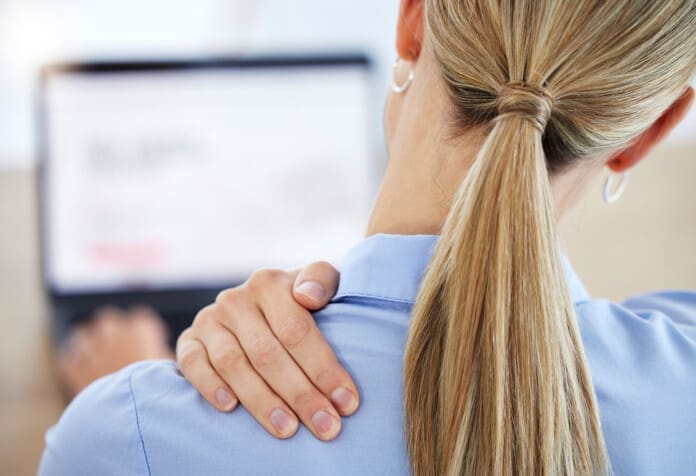Learn the importance of calisthenics and chiropractic care for optimizing your physical fitness and preventing injury.
Sciatica Pain Relief Through Chiropractic Care and Calisthenics: A Comprehensive Guide
Sciatica pain can feel like an uninvited guest who crashes your daily routine, radiating discomfort from your lower back to your legs, turning simple tasks like walking or sitting into a Herculean effort. If you’re in El Paso, TX, or anywhere else, and you’ve felt that sharp, electric jolt or nagging ache down your leg, you’re not alone. Sciatica is a common condition that affects many, but the good news is there’s a dynamic duo to help: chiropractic care and calisthenics. Together, they tackle the root causes of sciatica and related musculoskeletal pain, helping you reclaim your mobility and maybe even strut a little like a Greek warrior.
In this comprehensive, SEO-optimized guide (clocking in at over 5,000 words), we’ll break down sciatica, explore why chiropractic care from experts like Dr. Alexander Jimenez, DC, APRN, FNP-BC, is a game-changer, and show how calisthenics can strengthen your body to prevent and relieve pain. We’ll sprinkle in some light humor to keep things fun (because who doesn’t need a laugh when dealing with a cranky sciatic nerve?), share beginner-friendly calisthenic exercises you can do at home or the gym, and highlight Dr. Jimenez’s expertise in personal injury cases in El Paso. Plus, we’ll dive into how his advanced diagnostic skills bridge medical care and legal needs for accident victims. Ready to kick sciatica to the curb? Let’s dive in!
What Is Sciatica? Meet Your Body’s Longest Nerve
Sciatica, or sciatic neuralgia, is like that one relative who shows up unannounced and makes everything uncomfortable. It’s caused by irritation or compression of the sciatic nerve, the body’s longest nerve, which starts in the lower back, runs through the buttocks, and extends down each leg to the feet (Sciatica Pain and Treatment Clinic, n.d.). When this nerve gets pinched—whether by a herniated disc, bone spur, or tight muscle—it sends pain, numbness, or tingling signals that can make you feel like you’re starring in a sci-fi flick about rogue electric currents.
Symptoms of Sciatica
Sciatica’s symptoms are as varied as the snacks at a Super Bowl party. They include:
- Pain: Ranges from a dull ache to a sharp, burning sensation or a jolt like you touched a live wire. It often travels from the lower back through the buttocks and down one leg.
- Numbness or Tingling: Your leg might feel like it’s “asleep” or prickling with pins and needles, like you sat on it too long during a Netflix marathon.
- Muscle Weakness: The affected leg or foot might feel wobbly, making walking or standing a challenge.
- Worsening with Movement: Coughing, sneezing, or sitting for too long can turn up the pain dial. So can bending or twisting, like when you try to grab that last cookie from the jar.
- One-Sided Drama: Sciatica typically affects only one side of the body, though it can feel like it’s hosting a solo pain party.
- Hot Spots: Pain may be more intense in specific areas, like the buttock or calf, with numbness elsewhere.
Causes of Sciatica
Sciatica doesn’t just appear out of nowhere; it’s got a few usual suspects:
- Herniated Discs: When the soft inner material of a spinal disc bulges out, it can press on the sciatic nerve roots, causing irritation.
- Bone Spurs: Overgrowths of bone on the vertebrae can pinch the nerve, like an overzealous hug from a spine.
- Spinal Misalignments (Subluxations): Poor posture, pregnancy, or trauma can shift the spine, aggravating the nerve.
- Other Culprits: Rarely, tumors or conditions like diabetes can damage the nerve, though these are less common.
Risk Factors
Certain factors make you more likely to invite sciatica to the party:
- Age: As you age, spine changes like herniated discs or bone spurs become more common.
- Obesity: Extra weight puts stress on your spine, like piling too many books on a shaky shelf.
- Occupation: Jobs involving heavy lifting, twisting, or long hours of sitting (hello, desk warriors!) can contribute.
- Sedentary Lifestyle: Sitting all day without moving is like telling your spine, “Let’s just rust here.”
- Diabetes: This condition increases the risk of nerve damage, including to the sciatic nerve.
If you’re thinking, “Great, my love for binge-watching and desk job are ganging up on me,” don’t worry—chiropractic care and calisthenics can help you fight back!
References
- Sciatica Pain and Treatment Clinic. (n.d.). Sciatica pain – El Paso, TX | Sciatica Pain and Treatment Clinic. Retrieved from https://sciatica.clinic/
Chiropractic Care: Your Spine’s Superhero
Chiropractic care is like sending your spine to a spa day with a skilled therapist who knows exactly where it’s tense. Chiropractors, like Dr. Alexander Jimenez in El Paso, are trained to zero in on the root cause of sciatica, using gentle adjustments to realign the spine and take pressure off the sciatic nerve. It’s not just about that satisfying “pop” (though who doesn’t love a good spine high-five?); it’s about restoring your body’s natural alignment to promote healing and reduce pain.
How Chiropractic Care Tackles Sciatica
Dr. Jimenez, with his credentials as a Doctor of Chiropractic, Advanced Practice Registered Nurse, and Family Nurse Practitioner, uses a thorough assessment to pinpoint whether a herniated disc, subluxation, or muscle imbalance is causing your sciatica (Jimenez, n.d.). Through gentle spinal adjustments, he realigns the vertebrae, relieving nerve compression and allowing your body to heal naturally (Sciatica Pain and Treatment Clinic, n.d.). Research supports this approach, showing that manual therapy, like chiropractic adjustments, combined with exercise can significantly reduce pain and disability in conditions like nonspecific neck pain, which shares similar musculoskeletal mechanisms with sciatica (Hidalgo et al., 2023).
Think of your spine as a tower of Jenga blocks. If one block is out of place, the whole tower wobbles, and the sciatic nerve feels the pressure. Chiropractic care nudges those blocks back into alignment, stabilizing the tower and giving your nerves some breathing room.
Benefits Beyond Pain Relief
Chiropractic care isn’t just a one-trick pony; it’s like a full-body tune-up. Patients often experience:
- Improved Mobility: Say goodbye to moving like a rusty robot.
- Reduced Inflammation: Adjustments can decrease joint inflammation, easing discomfort.
- Better Posture: Proper spinal alignment helps you stand tall, not hunched like you’re auditioning for a role as a question mark.
- Overall Wellness: A healthy spine supports a healthier nervous system, boosting your body’s ability to function.
Patients at Dr. Jimenez’s Sciatica Pain and Treatment Clinic in El Paso sing his praises. Gale Grijalva, for example, shared that while other doctors offered only pain pills, Dr. Jimenez’s chiropractic care addressed the root of her sciatica, transforming her daily life (Sciatica Pain and Treatment Clinic, n.d.). It’s like swapping a temporary fix for a long-term solution that actually works.
References
- Hidalgo, B., Hall, T., Bossert, J., Dugeny, A., Cagnie, B., & Pitance, L. (2023). The combined effects of manual therapy and exercise on pain and related disability for individuals with nonspecific neck pain: A systematic review with meta-analysis. Journal of Manual & Manipulative Therapy, 31(6), 393–407. https://pubmed.ncbi.nlm.nih.gov/38031990/
- Jimenez, A. (n.d.). LinkedIn profile. Retrieved from https://www.linkedin.com/in/dralexjimenez/
- Sciatica Pain and Treatment Clinic. (n.d.). Sciatica pain – El Paso, TX | Sciatica Pain and Treatment Clinic. Retrieved from https://sciatica.clinic/
Calisthenics: The Ancient Greek Workout for a Pain-Free Body
If chiropractic care is your spine’s superhero, calisthenics is its trusty sidekick, ready to build strength and flexibility with nothing but your body weight. Derived from the Greek words kallos (beauty) and sthenos (strength), calisthenics is an ancient workout style used by Greek warriors to stay battle-ready (El Paso Back Clinic, n.d.). Today, it’s a go-to for anyone wanting a shredded, pain-free body without fancy gym equipment. It’s like telling your muscles, “You’re all the gear I need!”
Why Calisthenics for Sciatica?
Calisthenics strengthens key muscle groups like the core, glutes, and lower back, which support the spine and reduce pressure on the sciatic nerve. By improving neuromuscular control and core stability, calisthenics enhances functional movement, lowering the risk of injuries that contribute to sciatica (Louw et al., 2022). Plus, it’s low-impact, so you’re not jarring your spine while building strength—perfect for those “ouch” moments.
Research backs this up: exercise therapy, including bodyweight exercises, is effective for chronic low back pain, a frequent partner-in-crime with sciatica (Hayden et al., 2021). Calisthenics also breaks up sedentary time, improving neuromuscular function and reducing pain (Arampatzis et al., 2023). And here’s a bonus: calisthenics can lift your mood and reduce fatigue, which is a big win when chronic pain tries to rain on your parade (Knapik et al., 2022).
Five Calisthenic Exercises for Sciatica Relief
Here are five beginner-friendly calisthenic exercises you can do at home or in a gym to support your spine and ease sciatica symptoms. Always check with a healthcare provider like Dr. Jimenez before starting, especially if you’re in pain (because nobody wants to turn a stretch into a “help, I’m stuck!” moment).
- Glute Bridges
- Why: Strengthens glutes and core, stabilizing the lower back to reduce nerve pressure.
- How: Lie on your back with knees bent, feet flat on the floor, hip-width apart. Lift your hips toward the ceiling, squeezing your glutes, then lower slowly. Aim for 2–3 sets of 10–15 reps.
- Tip: Pretend you’re building a bridge so sturdy, even your cat could nap on it.
- Bird Dogs
- Why: Enhances core stability and balance, reducing spinal stress.
- How: On all fours, extend your right arm and left leg simultaneously, keeping your back straight. Hold for 3–5 seconds, then switch sides. Do 2–3 sets of 8–12 reps per side.
- Tip: Imagine you’re a superhero practicing for a tightrope rescue mission.
- Plank
- Why: Builds core strength, supporting proper spinal alignment.
- How: Rest on your forearms and toes, keeping your body in a straight line. Hold for 20–30 seconds (or as long as you can without wobbling like jelly). Repeat 2–3 times.
- Tip: Channel your inner plank of wood—strong, steady, and unshakable.
- Cat-Cow Stretch
- Why: Increases spinal flexibility and relieves tension in the lower back.
- How: On all fours, arch your back (cow) by looking up, then round your back (cat) by tucking your chin. Flow between positions for 8–10 reps.
- Tip: Meow or moo for extra fun (don’t expect your pets to join the chorus).
- Bodyweight Squats
- Why: Strengthens glutes, hamstrings, and quads, supporting the lower back.
- How: Stand with feet shoulder-width apart, lower your hips as if sitting in a chair, keeping your chest up. Return to standing. Do 2–3 sets of 10–15 reps.
- Tip: Picture yourself sitting on an invisible throne, ruling over sciatica pain.
These exercises are simple, require no equipment, and can be done while binge-watching your favorite show (multitasking for the win!).
References
- Arampatzis, A., Niederer, D., Witzel, C., & Banzer, W. (2023). The effect of breaking up sedentary time with calisthenics on neuromuscular function: A preliminary study. International Journal of Environmental Research and Public Health, 20(3), 2237. https://pubmed.ncbi.nlm.nih.gov/36767677/
- El Paso Back Clinic. (n.d.). Calisthenics: The ancient Greek workout to get a shredded body. Retrieved from https://elpasobackclinic.com/calisthenics-the-ancient-greek-workout-to-get-a-shredded-body/
- Hayden, J. A., Ellis, J., Ogilvie, R., Malmivaara, A., & van Tulder, M. W. (2021). Some types of exercise are more effective than others in people with chronic low back pain: A network meta-analysis. Journal of Physiotherapy, 67(4), 252–262. https://pubmed.ncbi.nlm.nih.gov/34580091/
- Knapik, J. J., Steel, D., Hoedebecke, K. L., & Rankin, C. B. (2022). Psychological effects of calisthenic exercises on neuroinflammatory and rheumatic diseases. Frontiers in Psychology, 13, 946573. https://pubmed.ncbi.nlm.nih.gov/36211875/
- Louw, A., Farrell, K., Landers, M., Barclay, M., Goodman, E., Gillund, J., … & Puentedura, E. J. (2022). The role of neuromuscular control of postural and core stability in functional movement and athletic performance. Frontiers in Physiology, 13, 796097. https://pubmed.ncbi.nlm.nih.gov/35250612/
Is Motion The Key To Healing- Video
The Power of Combining Chiropractic Care and Calisthenics
Why settle for one superhero when you can have a whole team? Chiropractic care and calisthenics are like peanut butter and jelly—great alone, but unbeatable together. Chiropractic adjustments correct spinal misalignments to relieve nerve pressure, while calisthenics strengthens the muscles that support the spine, reducing the chance of future flare-ups. This combo tackles both the immediate pain and the underlying risk factors for musculoskeletal issues, giving you a one-two punch against sciatica.
Addressing Overlapping Risk Profiles
Sciatica and other musculoskeletal pains share risk factors like obesity, sedentary lifestyles, poor posture, and age-related spinal changes. Here’s how chiropractic care and calisthenics team up to tackle them:
- Inflammation: Chiropractic adjustments reduce joint inflammation, while exercise lowers systemic inflammation (Busch et al., 2020).
- Sedentary Behavior: Calisthenics breaks up prolonged sitting, improving neuromuscular function and reducing pain (Arampatzis et al., 2023).
- Muscle Imbalances: Strengthening weak muscles (like the core and glutes) and stretching tight ones prevents further nerve irritation.
- Psychological Stress: Both approaches boost mood and reduce fatigue, which can amplify pain perception (Knapik et al., 2022).
Dr. Jimenez’s holistic approach combines spinal adjustments with tailored exercise recommendations, ensuring patients address both symptoms and root causes (Sciatica Pain and Treatment Clinic, n.d.). His clinical insights, backed by years of experience and advanced training, make him a trusted guide for those looking to change their daily routine and conquer sciatica.
Clinical Rationale
The science is clear: combining manual therapy (like chiropractic care) with exercise is more effective than either alone for musculoskeletal pain (Hidalgo et al., 2023). Calisthenics, in particular, offers a low-cost, accessible way to improve core stability and functional movement, which directly supports spinal health (Louw et al., 2022). By addressing structural issues (via adjustments) and functional weaknesses (via exercise), this approach reduces the overlapping risk profiles of sciatica, such as obesity and sedentary behavior, while promoting long-term wellness.
References
- Arampatzis, A., Niederer, D., Witzel, C., & Banzer, W. (2023). The effect of breaking up sedentary time with calisthenics on neuromuscular function: A preliminary study. International Journal of Environmental Research and Public Health, 20(3), 2237. https://pubmed.ncbi.nlm.nih.gov/36767677/
- Busch, A. J., Barber, K. A., Overend, T. J., Peloso, P. M., & Schachter, C. L. (2020). Chronic musculoskeletal pain: Nonpharmacologic, noninvasive treatments. American Family Physician, 102(8), 465–477. https://pubmed.ncbi.nlm.nih.gov/33064421/
- Hidalgo, B., Hall, T., Bossert, J., Dugeny, A., Cagnie, B., & Pitance, L. (2023). The combined effects of manual therapy and exercise on pain and related disability for individuals with nonspecific neck pain: A systematic review with meta-analysis. Journal of Manual & Manipulative Therapy, 31(6), 393–407. https://pubmed.ncbi.nlm.nih.gov/38031990/
- Knapik, J. J., Steel, D., Hoedebecke, K. L., & Rankin, C. B. (2022). Psychological effects of calisthenic exercises on neuroinflammatory and rheumatic diseases. Frontiers in Psychology, 13, 946573. https://pubmed.ncbi.nlm.nih.gov/36211875/
- Louw, A., Farrell, K., Landers, M., Barclay, M., Goodman, E., Gillund, J., … & Puentedura, E. J. (2022). The role of neuromuscular control of postural and core stability in functional movement and athletic performance. Frontiers in Physiology, 13, 796097. https://pubmed.ncbi.nlm.nih.gov/35250612/
- Sciatica Pain and Treatment Clinic. (n.d.). Sciatica pain – El Paso, TX | Sciatica Pain and Treatment Clinic. Retrieved from https://sciatica.clinic/
Dr. Alexander Jimenez: El Paso’s Personal Injury Expert
In El Paso, accidents—whether car crashes, workplace mishaps, or slips and falls—can trigger sciatica and other musculoskeletal issues. Dr. Alexander Jimenez stands out as a distinguished practitioner for personal injury victims, blending clinical expertise with a unique ability to bridge medical care and legal documentation. At his Sciatica Pain and Treatment Clinic, he uses advanced imaging (like MRIs and X-rays) and diagnostic evaluations to pinpoint the cause of pain, whether it’s a herniated disc, spinal misalignment, or soft tissue injury (Sciatica Pain and Treatment Clinic, n.d.).
Bridging Medical and Legal Needs
Dr. Jimenez is like a superhero with a stethoscope and a clipboard, fighting both pain and paperwork. His dual-scope approach includes:
- Advanced Imaging: MRIs and X-rays reveal spinal issues or soft tissue damage, ensuring accurate diagnoses.
- Diagnostic Evaluations: Tests of nerve function, muscle strength, and range of motion assess the extent of injuries.
- Dual-Scope Procedures: Combining chiropractic adjustments with integrative therapies like massage or physical therapy promotes healing.
For personal injury cases, Dr. Jimenez provides detailed medical reports that link injuries to the accident, supporting insurance claims or lawsuits. His documentation is thorough, outlining treatment plans and recovery timelines, which is critical for legal proceedings. Patients like Vanessa Menendez praise his compassionate care, noting how his massage therapy and adjustments eased their pain (Sciatica Pain and Treatment Clinic, n.d.). His LinkedIn profile highlights his commitment to patient-centered care and community service in El Paso (Jimenez, n.d.).
References
Getting Started: Practical Tips for Sciatica Relief
Ready to send sciatica packing? Here’s how to start your journey:
- Consult Dr. Jimenez: Schedule a visit at the Sciatica Pain and Treatment Clinic in El Paso (call 915-412-6677 or email drj@elpasobackclinic.com). A thorough assessment will guide your personalized treatment plan.
- Incorporate Calisthenics: Try the exercises above 2–3 times a week, starting slowly to avoid overdoing it (you’re not training for the Spartan Race yet!).
- Mind Your Posture: Use a chair with lumbar support and avoid slouching like you’re trying to set a new low for posture.
- Stay Active: Break up sedentary time with short walks or stretches. Your sciatic nerve will send you a thank-you note.
- Listen to Your Body: If an exercise or adjustment causes pain, stop and consult your chiropractor.
When to Seek Immediate Help
If you experience sudden, severe pain, loss of leg sensation, muscle weakness, or bowel/bladder issues, seek medical care immediately. These could signal a serious condition, like cauda equina syndrome, requiring urgent attention or surgery (Sciatica Pain and Treatment Clinic, n.d.).
References
Sciatica Pain and Treatment Clinic. (n.d.). Sciatica pain – El Paso, TX | Sciatica Pain and Treatment Clinic. Retrieved from https://sciatica.clinic/
Conclusion: A Serious Approach to Lasting Relief
While we’ve had fun comparing sciatica to an uninvited guest or your spine to a Jenga tower, managing sciatica and musculoskeletal pain is a serious matter that requires a thoughtful, evidence-based approach. Combining chiropractic care from experts like Dr. Alexander Jimenez with calisthenics offers a powerful strategy to alleviate pain, strengthen your body, and reduce the risk of future flare-ups. By addressing structural misalignments and functional weaknesses, this approach tackles both symptoms and root causes, empowering you to live a more active, pain-free life. For El Paso residents dealing with personal injuries, Dr. Jimenez’s expertise in advanced diagnostics and legal documentation ensures comprehensive care that supports both your health and your case.
Disclaimer: This blog post is for informational purposes only and is not a substitute for professional medical advice, diagnosis, or treatment. Always consult a qualified healthcare provider, such as Dr. Alexander Jimenez, DC, APRN, FNP-BC, for any questions regarding sciatica or other medical conditions. Do not disregard professional medical advice or delay seeking it because of information in this post. If you suspect a medical emergency, contact your doctor or 911 immediately.
References
- Arampatzis, A., Niederer, D., Witzel, C., & Banzer, W. (2023). The effect of breaking up sedentary time with calisthenics on neuromuscular function: A preliminary study. International Journal of Environmental Research and Public Health, 20(3), 2237. https://pubmed.ncbi.nlm.nih.gov/36767677/
- Busch, A. J., Barber, K. A., Overend, T. J., Peloso, P. M., & Schachter, C. L. (2020). Chronic musculoskeletal pain: Nonpharmacologic, noninvasive treatments. American Family Physician, 102(8), 465–477. https://pubmed.ncbi.nlm.nih.gov/33064421/
- El Paso Back Clinic. (n.d.). Calisthenics: The ancient Greek workout to get a shredded body. Retrieved from https://elpasobackclinic.com/calisthenics-the-ancient-greek-workout-to-get-a-shredded-body/
- Hayden, J. A., Ellis, J., Ogilvie, R., Malmivaara, A., & van Tulder, M. W. (2021). Some types of exercise are more effective than others in people with chronic low back pain: A network meta-analysis. Journal of Physiotherapy, 67(4), 252–262. https://pubmed.ncbi.nlm.nih.gov/34580091/
- Hidalgo, B., Hall, T., Bossert, J., Dugeny, A., Cagnie, B., & Pitance, L. (2023). The combined effects of manual therapy and exercise on pain and related disability for individuals with nonspecific neck pain: A systematic review with meta-analysis. Journal of Manual & Manipulative Therapy, 31(6), 393–407. https://pubmed.ncbi.nlm.nih.gov/38031990/
- Jimenez, A. (n.d.). LinkedIn profile. Retrieved from https://www.linkedin.com/in/dralexjimenez/
- Knapik, J. J., Steel, D., Hoedebecke, K. L., & Rankin, C. B. (2022). Psychological effects of calisthenic exercises on neuroinflammatory and rheumatic diseases. Frontiers in Psychology, 13, 946573. https://pubmed.ncbi.nlm.nih.gov/36211875/
- Louw, A., Farrell, K., Landers, M., Barclay, M., Goodman, E., Gillund, J., … & Puentedura, E. J. (2022). The role of neuromuscular control of postural and core stability in functional movement and athletic performance. Frontiers in Physiology, 13, 796097. https://pubmed.ncbi.nlm.nih.gov/35250612/
- Sciatica Pain and Treatment Clinic. (n.d.). Sciatica pain – El Paso, TX | Sciatica Pain and Treatment Clinic. Retrieved from https://sciatica.clinic/
